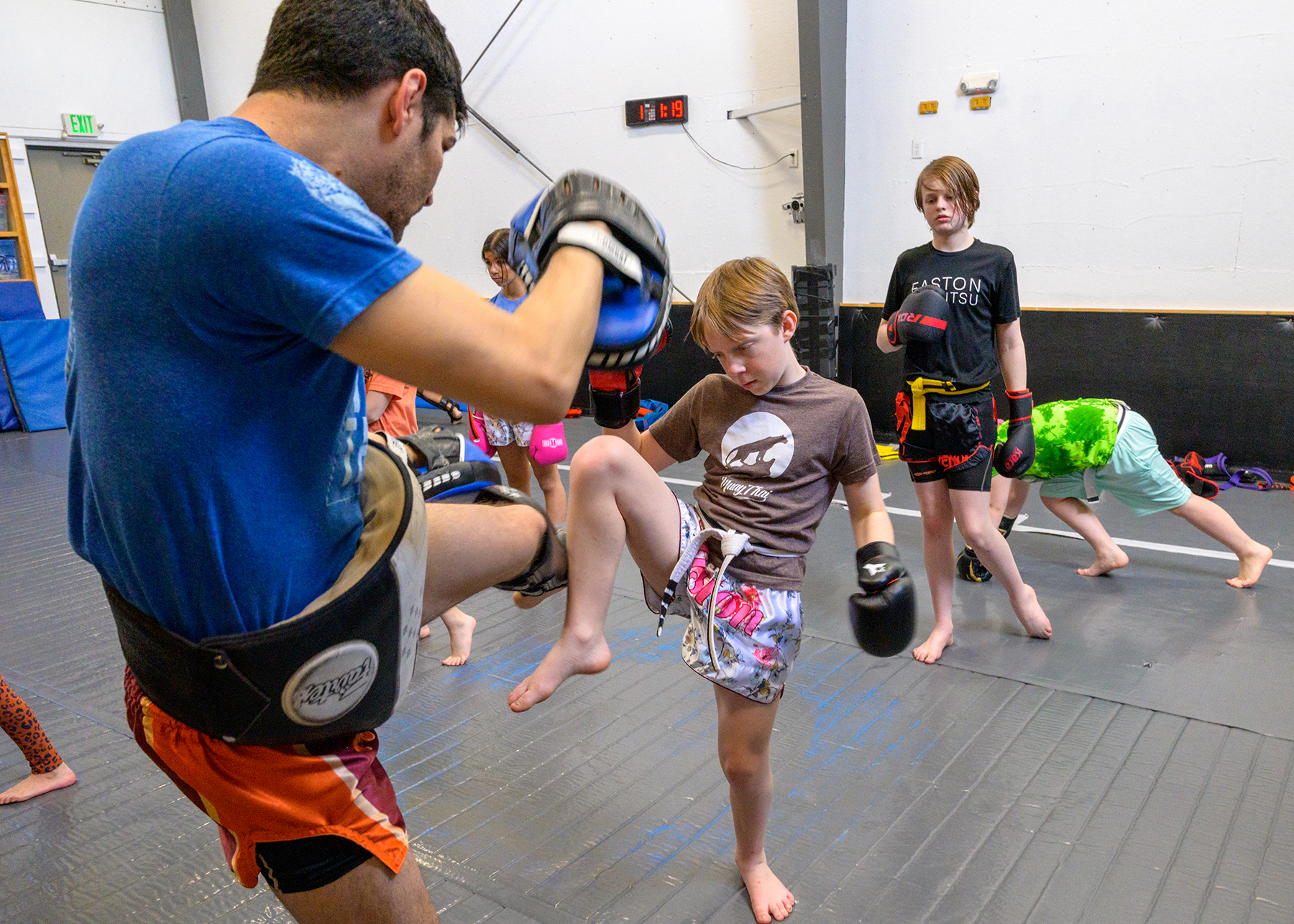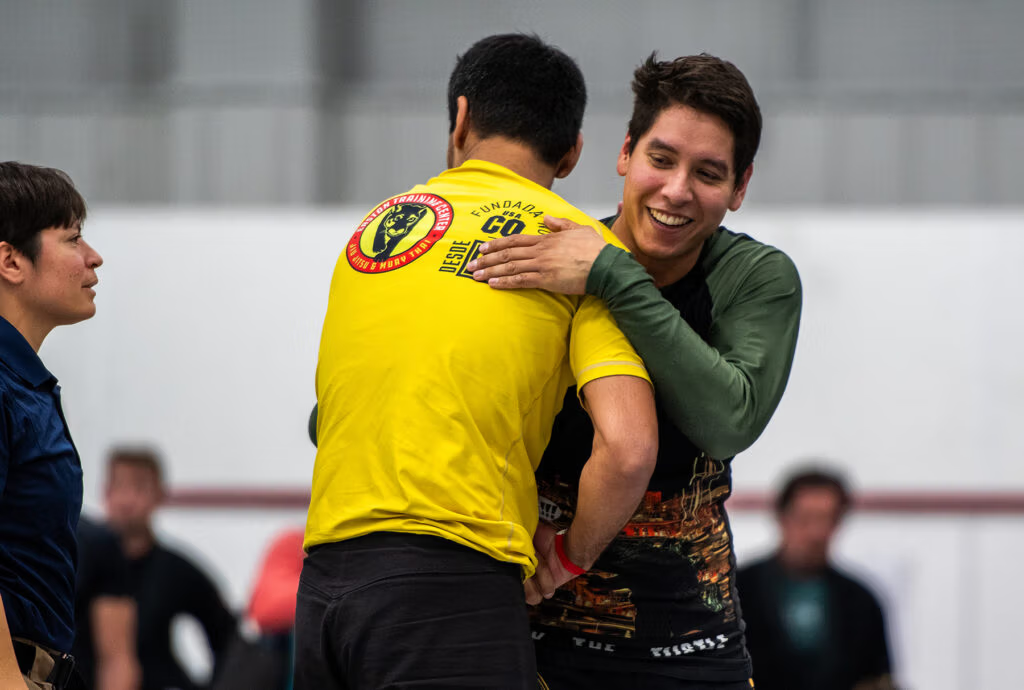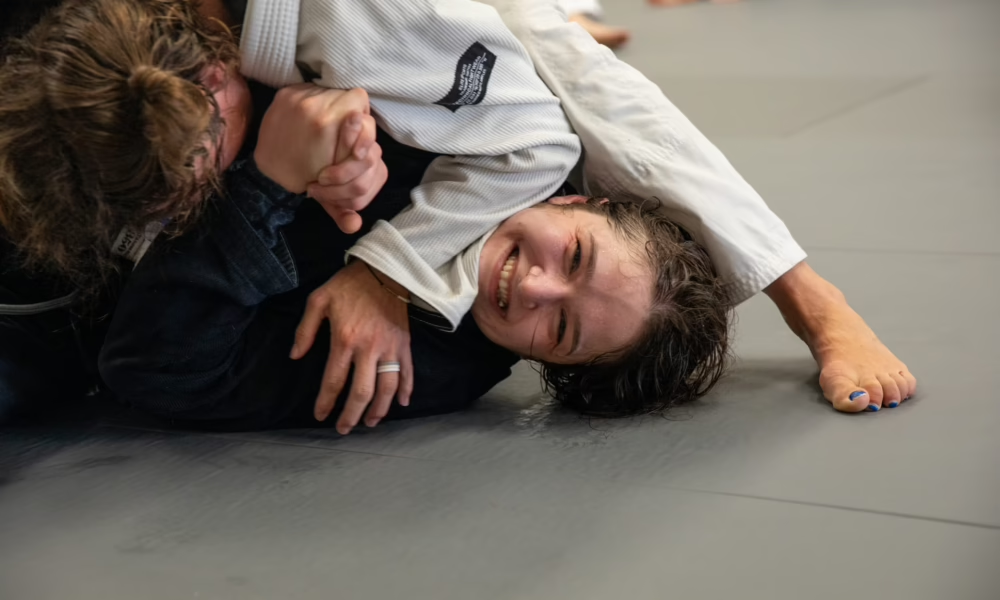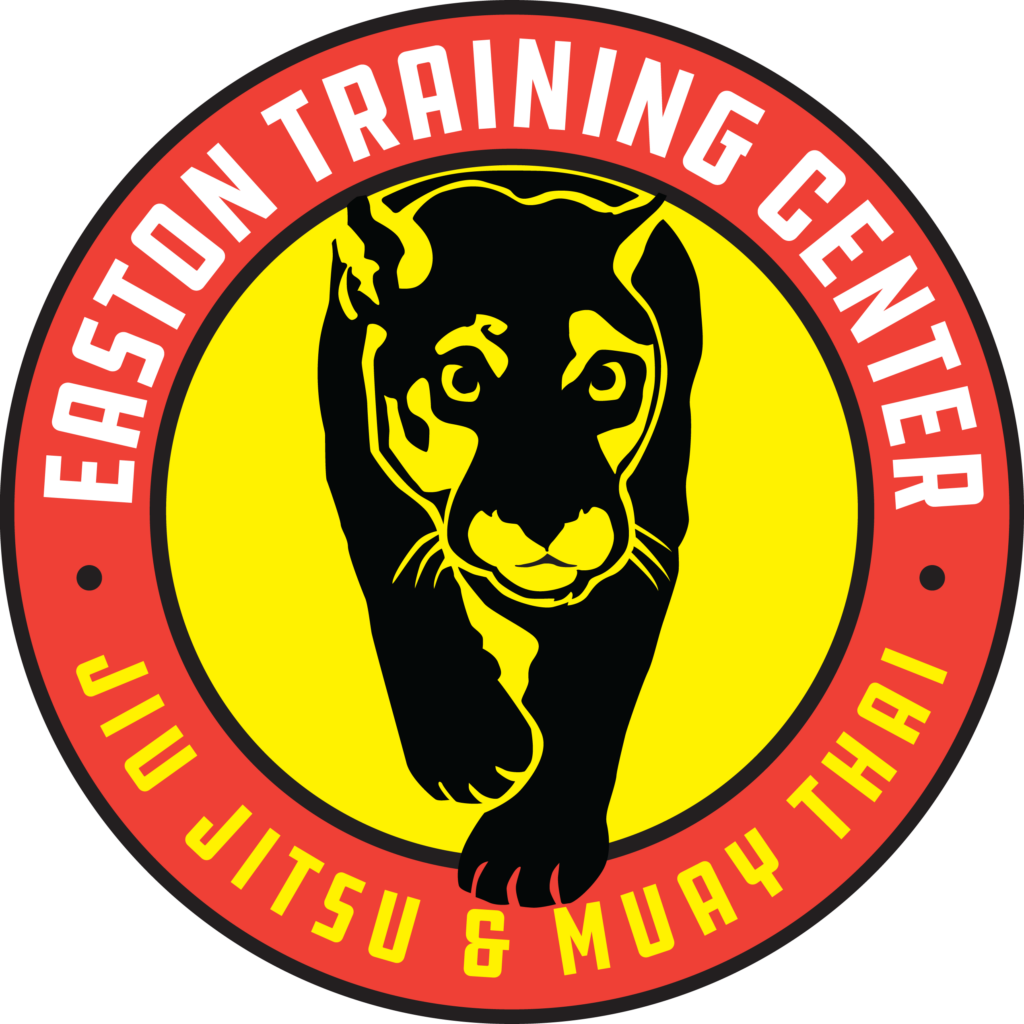We all know that training martial arts requires dedication, discipline and tenacity. However, we also frequently encounter the misconception that every session needs to roll at maximum exertion. But that’s not actually the case.
While it’s natural to associate intensity with progress, adhering to a constant cycle of maximum exertion can have counterproductive effects. That’s not to say you should never train hard — it should just be intentional and selective.
Training at maximum intensity every session can lead to burnout, increased risk of injury, and hindered skill development. Ideally your training sessions should strike an integrated balance between high-intensity sessions, moderate sessions and recovery.
At Easton, we aim to emphasize technique over intensity to help promote a deeper understanding of the sport to create a well-rounded martial arts athlete.
Finding success in martial arts is a marathon, not a sprint. While intensity undoubtedly contributes to physical fitness and stamina, refining your mastery of technique will make you truly grow in this sport.
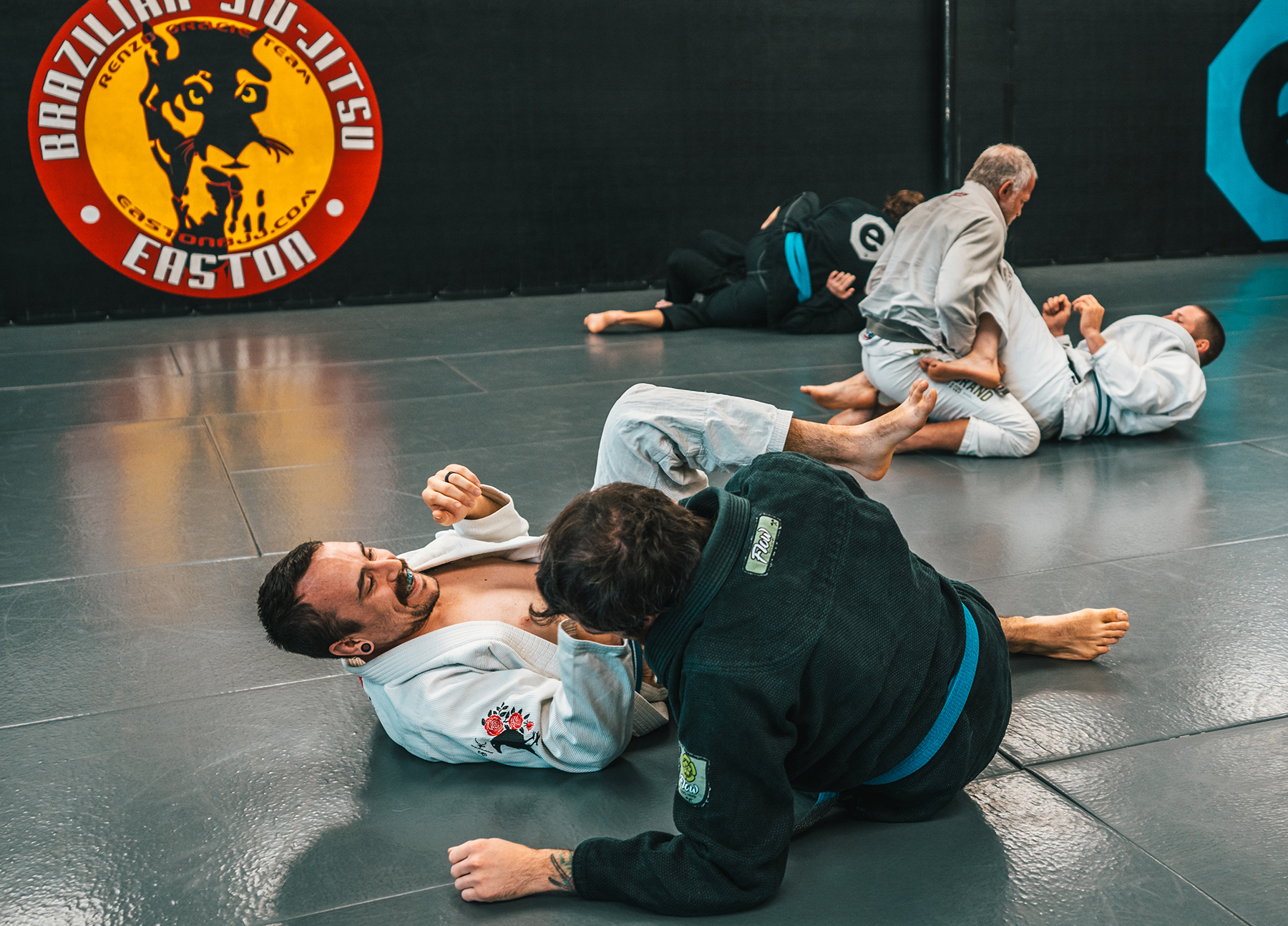
What can a balanced training regimen can help with?
Injury prevention
Overtraining can elevate the risk of injuries, which can hinder your progress. Strained muscles, joint problems, and even stress fractures can result from consistently pushing your body to its limits.
A well-balanced training routine allows for adequate recovery time, reducing the likelihood of injury and ensuring consistent progress.
Skill development
While high-intensity sessions help improve strength and endurance, they might compromise your ability to focus on mastering techniques. Lower-intensity sessions provide an opportunity to refine your moves, work on your form, and build a strong foundation for advanced skills.
Recovery and adaptation
Your body requires time to recover and adapt to the demands of training. Varying the intensity of your sessions gives your muscles, joints, and cardiovascular system the chance to recover, adapt, and become more resilient over time.
Mental well-being
Constantly pushing your body to its limits can take a toll on your mental well-being. Training should feel enjoyable and sustainable in the long run.
Incorporating moderate-intensity sessions and recovery days into your routine can help alleviate stress and maintain a positive mindset.

[Stretching For Recovery, Performance And Injury Prevention]
How can you create a balanced training routing?
Periodization
Divide your training year into cycles that include phases of high, moderate, and low intensity. This approach allows for systematic progression, optimizes performance gains and prevents plateaus and burnout.
Varied Workouts
Incorporate a mix of high-intensity interval training (HIIT), strength training, technique-focused sessions, and active recovery days. This variety ensures that you’re challenging different aspects of your fitness while giving your body the chance to recover.
[Why We Mix Up Strength Training With Conditioning Exercises]
Listen to Your Body
Pay close attention to your body and how it responds to different training intensities. If you’re feeling fatigued or notice a decline in performance, it might be a sign to dial back the intensity for a session or two.
Rest and Recovery
Prioritize adequate sleep, proper nutrition, and active recovery techniques like stretching, foam rolling, and mobility exercises. These practices support your body’s ability to bounce back from intense training sessions.
